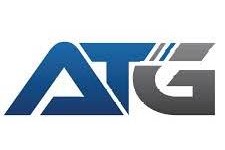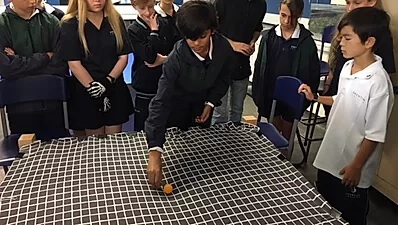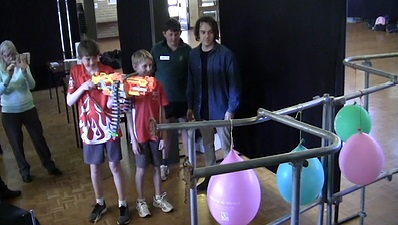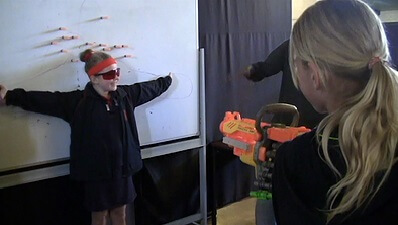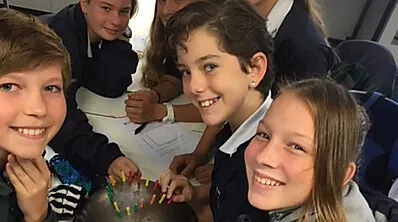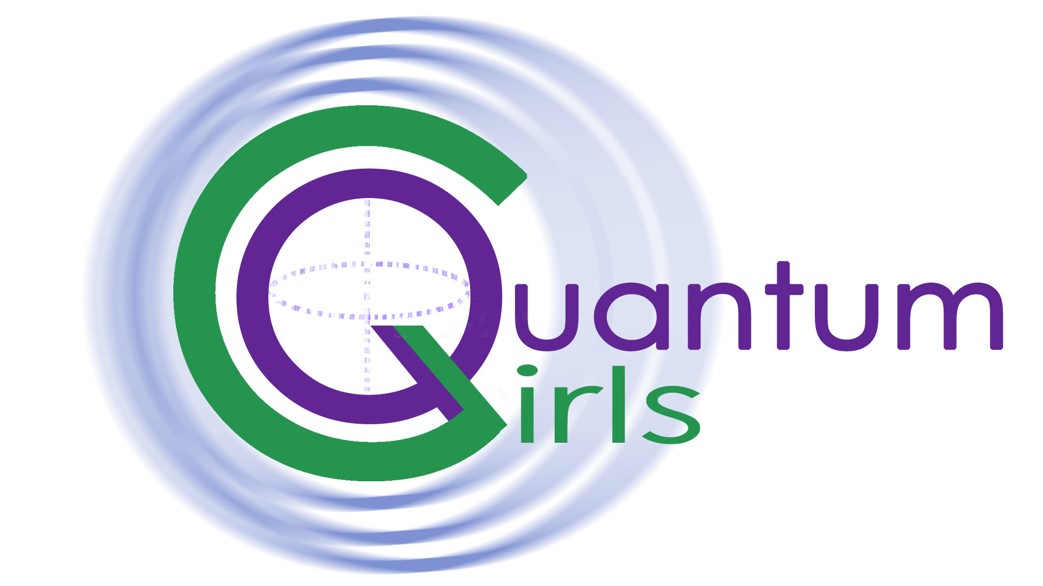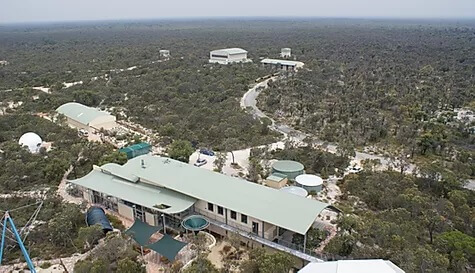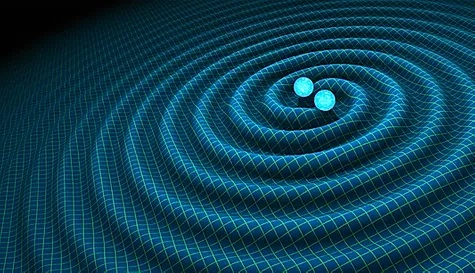Teacher PD for years 3-10 – Thursday 2nd May
Full day In-person workshop. Click here for more details!
THE EINSTEIN-FIRST PROJECT
Every child has the right to share our best understanding of physical reality
The Einstein-First Project teaches the fundamental concepts of modern physics to school students and works to improve STEM involvement in the classroom.
Einstein-First began by developing innovative methods for teaching school age children the concepts of Einsteinian physics – curved space, warped time, photons, black holes and quantum entanglement. The project led to an international research collaboration and a new partnership with education authorities and Western Australian primary and secondary schools, that is developing and implementing an Einsteinian science curriculum from Years 3 to 10.
Einstein-First is creating an evidence-based curriculum that takes students on a journey of modern discovery. Starting with foundations, the Einstein-First curriculum resolves the disconnect between science in schools and science of the modern world.
The project will enable the Australian curriculum to be modernised so that all Australian children can share our best understanding of physical reality and, through the international collaboration, bring the new curriculum to children across the world.
The Einstein-First Project uses interactive learning methods to teach students about modern physics
School students playing with the
space-time simulator
Students learning about the momentum of electromagnetic energy
Students “photographing” each other
with a “photon” gun
Students measuring and analysing the
measurements of curved space
What is Einstein-First trying to achieve?
The Einstein-First Project aims to redesign, evaluate and optimise school science across all educational levels to reflect the modern understanding of space, time, matter and the universe.
The Einstein-First Project is a program run by researchers from the University of Western Australia who work with the Gravity Discovery Centre, Ozgrav and the LIGO Scientific Collaboration. This project is a part of the Einsteinian Physics Education Research (EPER) team which involves researchers from Norway, China, South Korea, Italy, Germany, Britain and the United States.
The detection of gravitational waves in 2015 proved that Albert Einstein was correct, once again. The physics of our universe is Einsteinian – not Newtonian. Currently, school curricula does not include Einsteinian concepts and still contains restricted Newtonian physics. The Einstein-First Project aims to teach students the fundamental truths of modern physics and also improve student attitudes towards science.
Einstein-First in the classroom
There is an opportunity for primary and secondary teachers to learn how to implement Einsteinian Physics in the classroom through the University of Western Australia’s Micro-credential courses.
Quantum Girls
Einstein-First is proud to announce a new initiative in partnership with the Quantum Information, Simulation and Algorithms Research Hub (QUISA) at the University of Western Australia. The Quantum Girls project expands Einstein-First’s science education to create a national education program designed to enhance female participation in all aspects of modern quantum science which underpins the STEM economy.
This project will include after-school Quantum STEM clubs and hackathons, supported by a team of inspiring role models. This project will also incorporate teacher training courses and workshops. To find out more, visit the Quantum Girls website.
Information about our Partners’ Teaching Resources
Have some questions?
Get in touch with the team.
Gold Donors
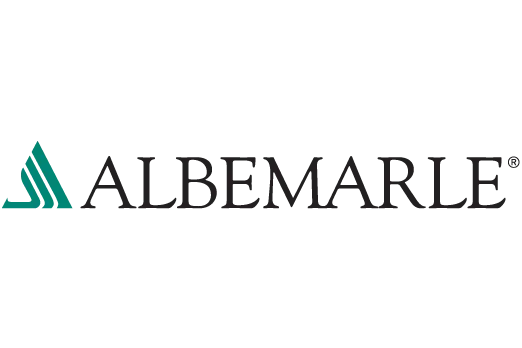
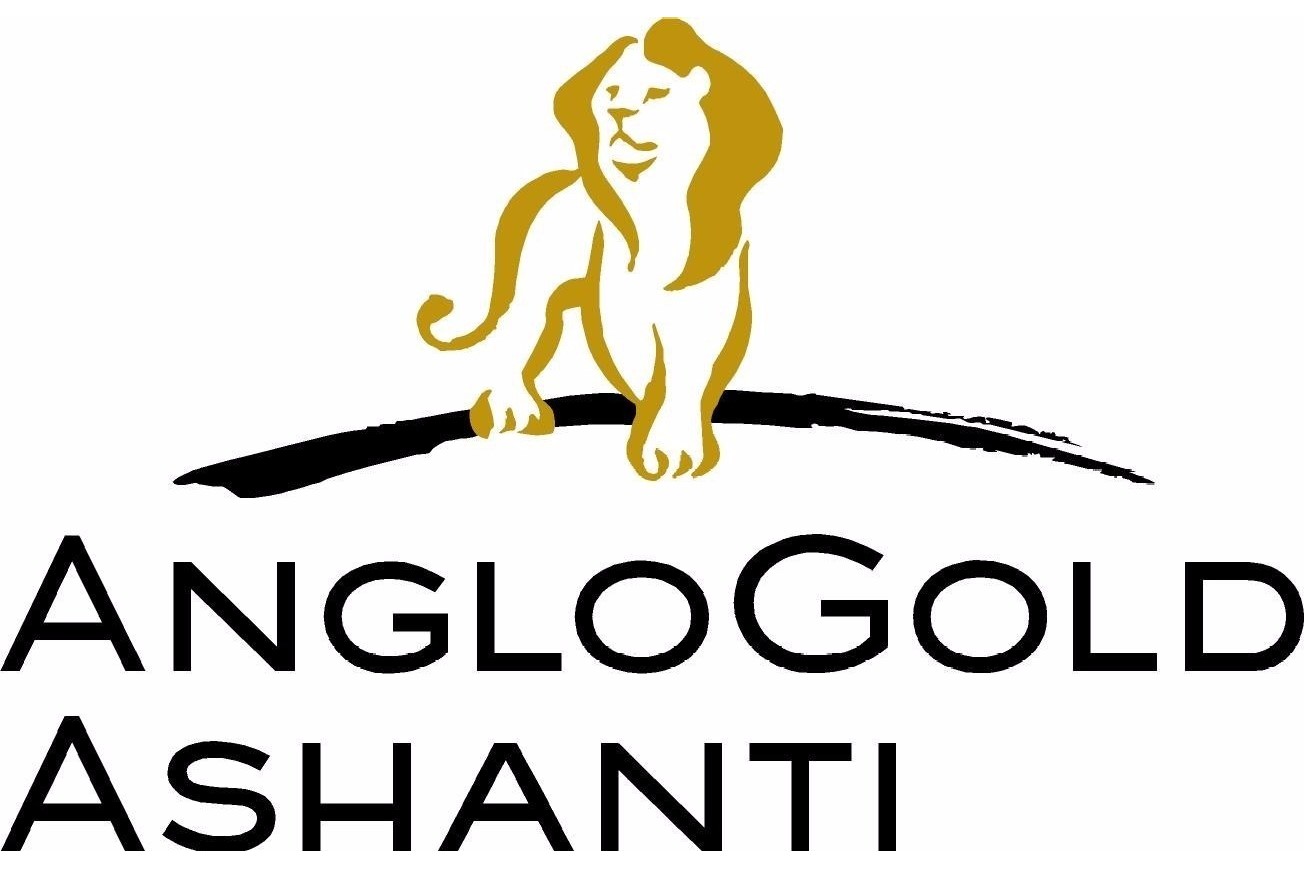
Palladium Donors
Platinum Donors

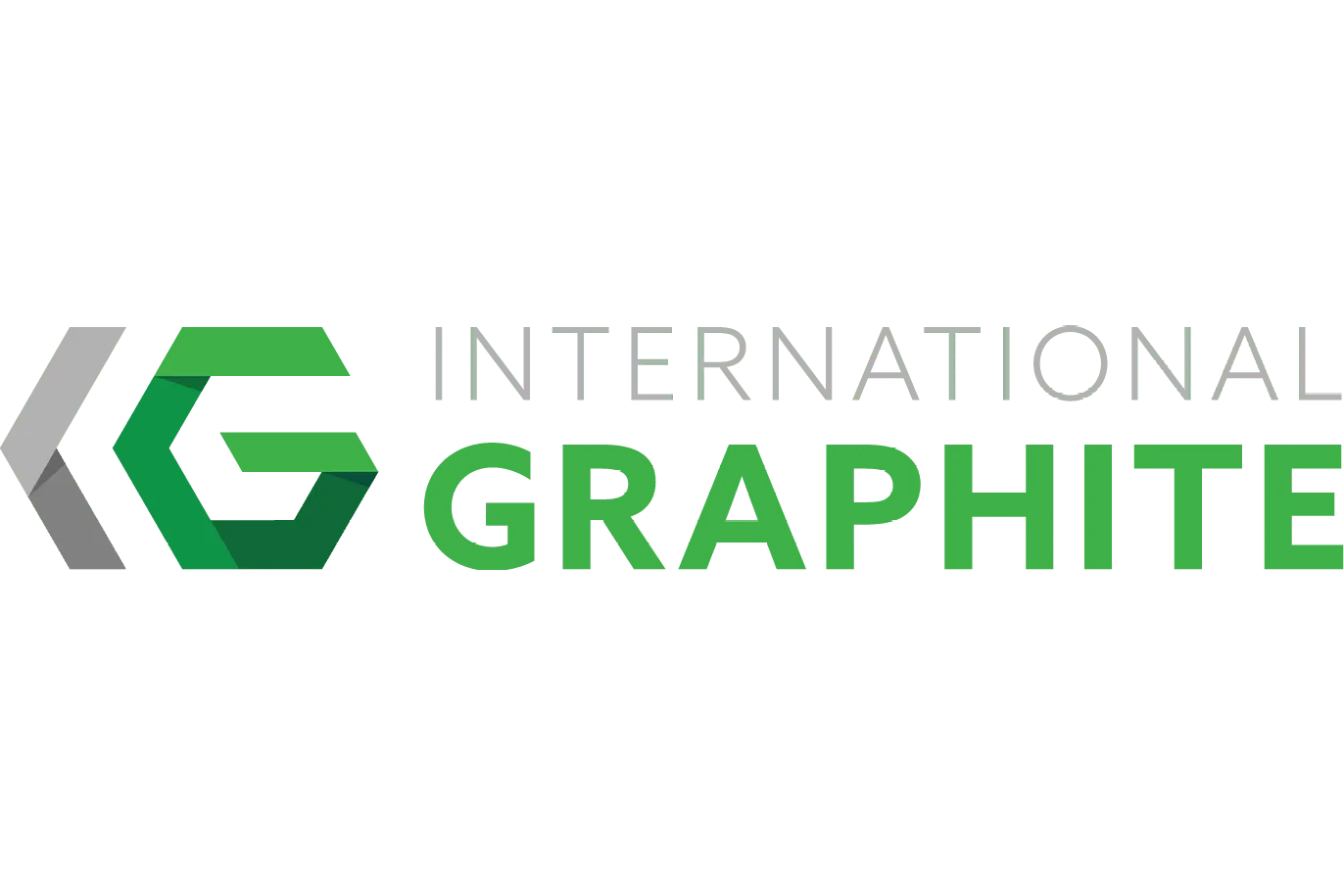
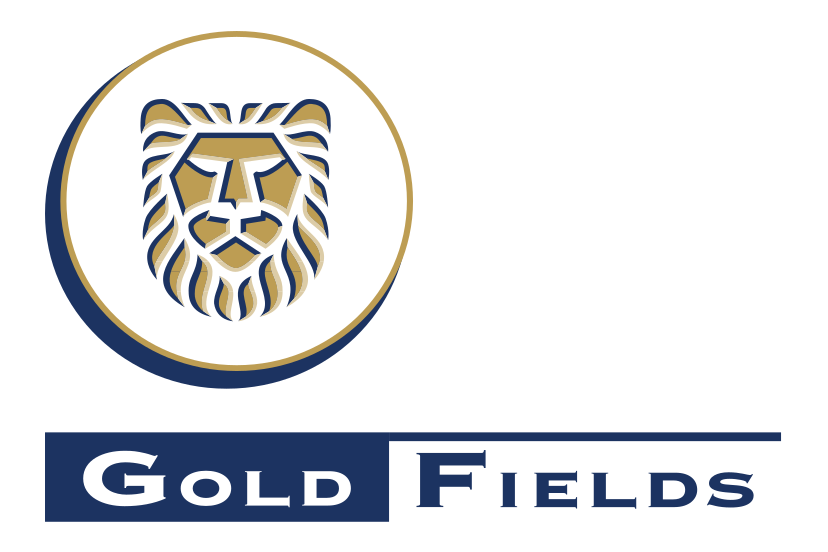
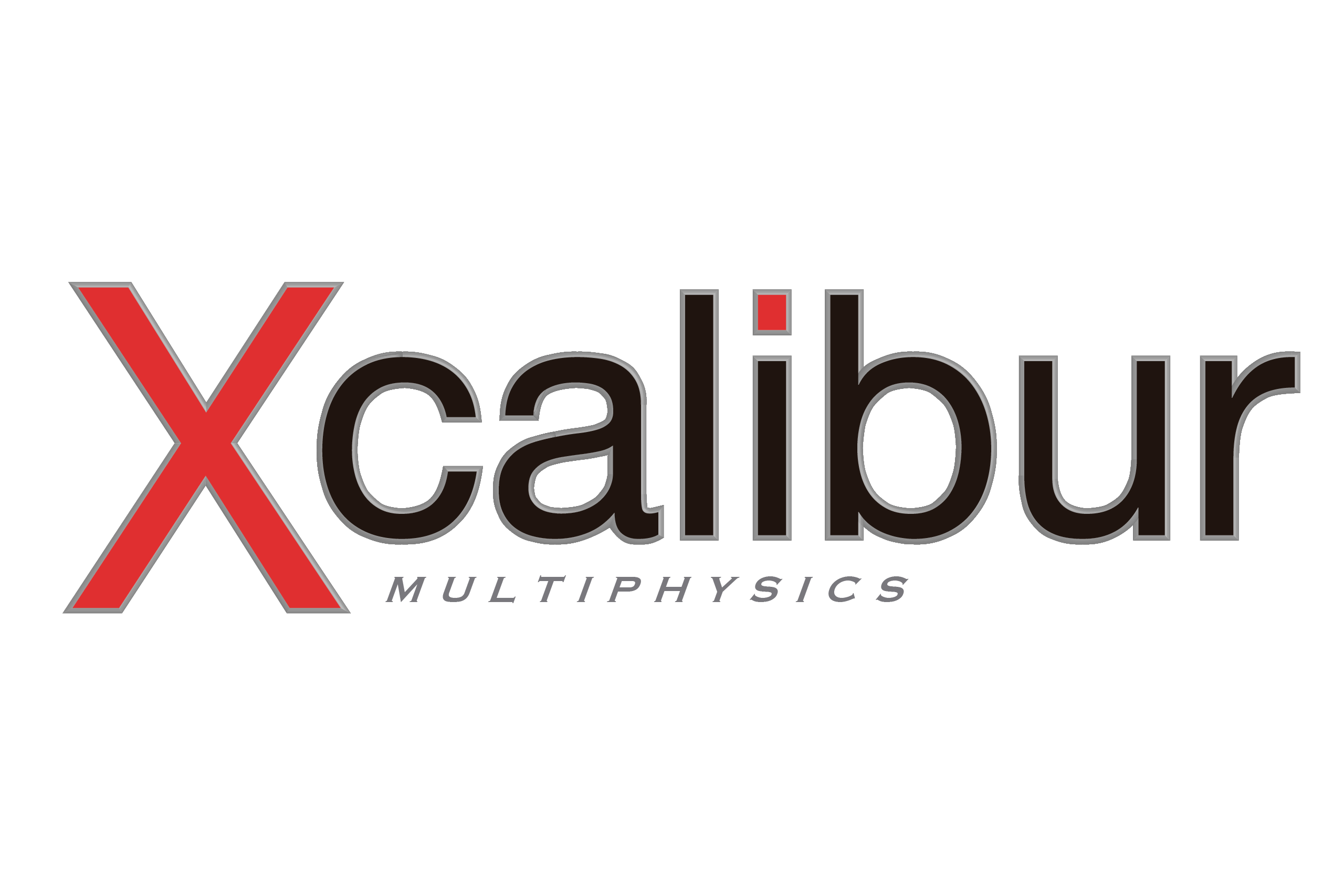
Silver Donors
